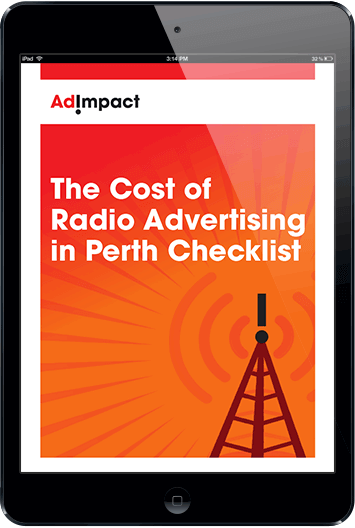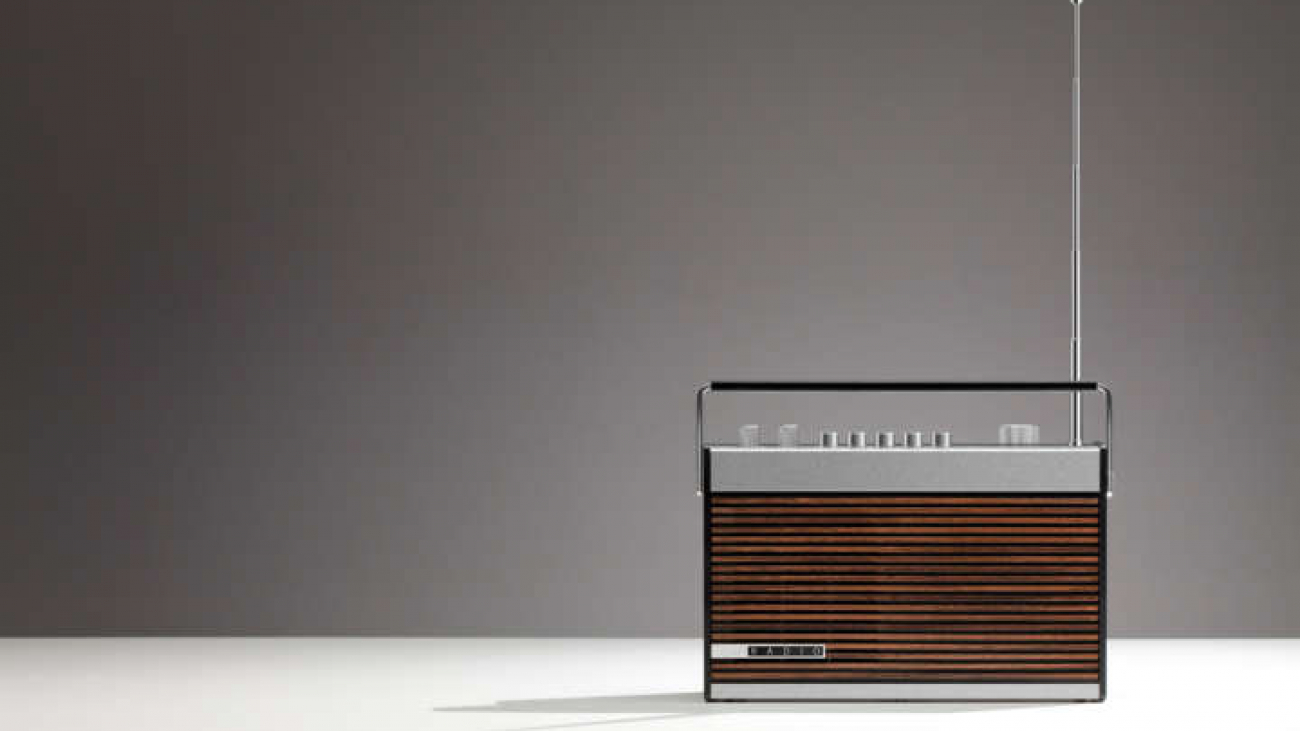I genuinely believe that radio is one of the most highly underrated advertising mediums. Perhaps this is due to the fact that an abundance of digital media has clouded our faith in traditional forms of advertising with doubt, or maybe it’s because it’s not as BOOM WIZ KAPOW as TV.
In any case, the facts prove that radio is without a doubt a powerful advertising medium that definitely doesn’t get the love it deserves. This blog is about crushing some of those myths that keep radio advertising from getting respect!
Misconception 1: It’s Expensive
When compared to mediums like TV and press, radio advertising is actually very cost effective. This makes it a perfect medium for businesses that are budget-conscious.
Another great thing about radio is how effective it is compared to how expensive it is. According to Nielsen, radio has an average return on investment of $6 for every $1 invested. This figure has been shown to increase even more when combined with other forms of advertising such as TV.
Misconception 2: The Industry Is Dying
With ‘new media’ platforms like Netflix having been around for quite some time now it is easy to think that the more traditional forms of advertising (TV, press, etc) are dying.
While this may be the case for certain mediums, radio is still going strong. In fact, according to Buddle, radio revenue has increased 5.9% in the last couple years.
Now this is not to say that the market share of radio listeners is not changing. There has been a decrease in the overall people listening to traditional AM/FM radio stations, but not radio overall.
75% of radio in Australia is commercially operated, which has brought it to new spaces (such as digital radio and podcasting) to keep up with emerging technologies. In reality, the industry is not dying, but changing.
Misconception 3: People Will Be Distracted When Listening
A common criticism of radio advertising is that listeners are almost always distracted and therefore not fully comprehending the messaging that they’re receiving. For example, someone who is listening to the radio while driving will be focusing on the road while listening, which will fragment his or her focus.
Firstly, this argument doesn’t really hold water in the current age. With everyone keeping their phones with them at all times, the same could be said for literally every other advertising medium out there. People look at their phones when TV commercials are on all the time, which is a form of distraction.
Even if this wasn’t the case, the stats prove that radio advertising is actually very good at engaging listeners. This is in part due to the nature of the radio medium itself as an audio-only medium. Radio captivates the listener in a way that actually forces them to concentrate (therefore retaining more information as a result). Unlike TV or press, which can rely on images to do the heavy lifting, radio is a ‘theatre of the mind’ and requires people to create their own mental images as a response to the sounds they hear. As a result of the additional mental effort, listeners are up to 40% more likely to increase brand recall.
Radio is still a big player in today’s advertising world and should not be discounted as part of your business strategy. We highly encourage you to experiment with radio advertising, either as a solo campaign or part of a larger integrated campaign.

Free eBook
Fill in the form below to download the free eBook



